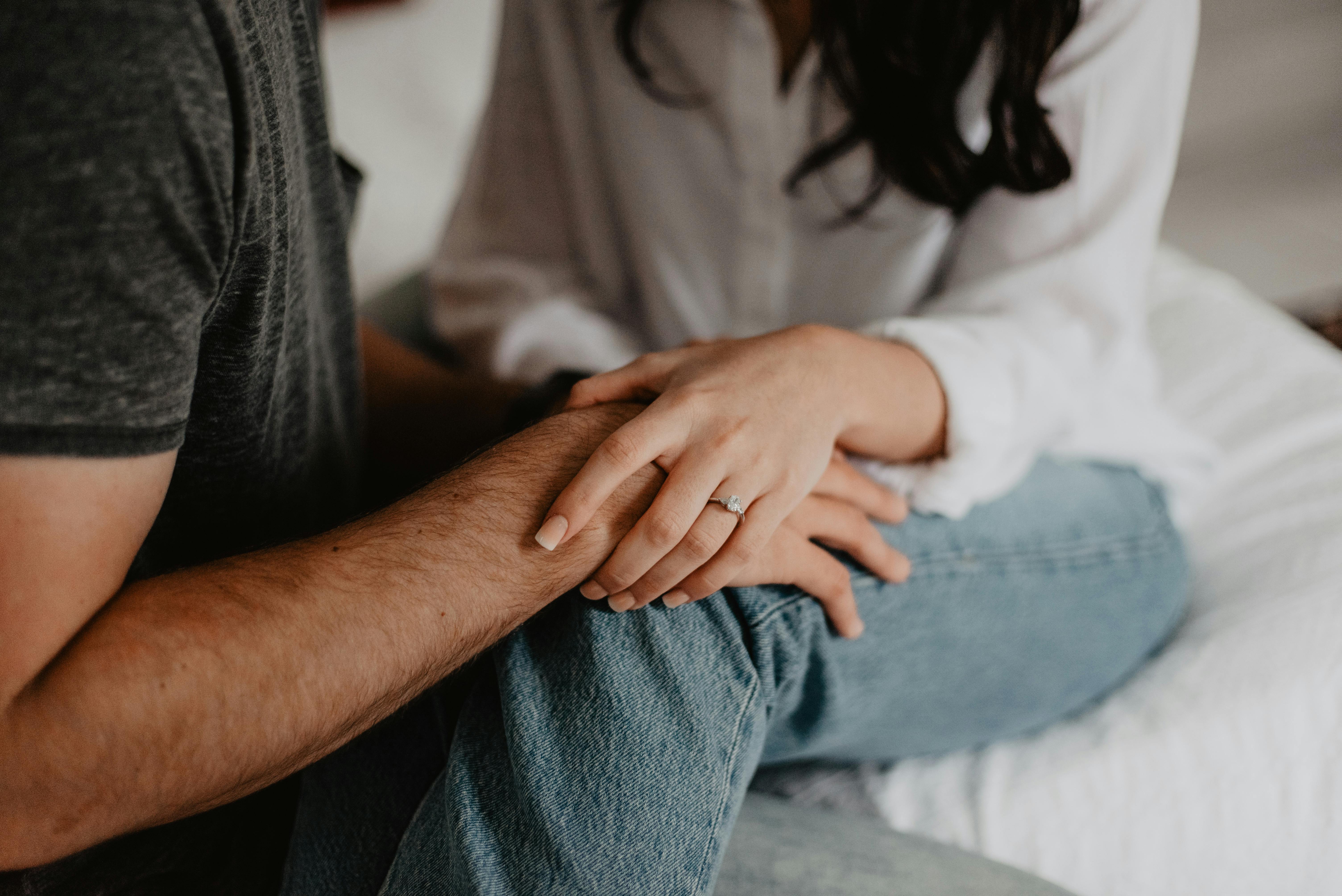
The fact of life is that with age, our bones tend to lose density and our muscles begin to weaken. Although it happens to everyone, you don’t have to give in to the effects of aging. However, we are not the young athletes who can fulfill most of the physical activities they choose. As we age, we slow down and have to make other decisions to keep our bodies strong and healthy. Such as: Walking is a proven method of increasing strength. Brisk walking can help control and, in some cases, reverse the effects of aging on your bones and muscles.
If you are getting older or if your elderly parents are alive (check your parents to make sure they are staying physically active), it is important that none of us stop being active and exercising. I hope you know that brisk walking gets your heart pumping and sends oxygen throughout your body. Strengthens the heart and muscle groups responsible for movement. When the body stops moving regularly, that’s when the disease sets in quickly.
When a person takes a brisk walk it helps to burn fat. We can get rid of stored fat and let the body build muscle. Therefore, a walking program rewards you with a leaner body and a faster metabolism. It helps in the production of human growth hormone, which maintains the size and strength of muscles.
It’s low-impact, so even a fast pace rarely causes strain or injury to your knees, ankles, back, or hips. Instead, it uses the strength of their bones and joints to stimulate development. It is said that when you walk, your legs and feet work against gravity. With the weight of your body, you provide an opportunity for the bones and muscles to counteract and become stronger. The body responds to the stress of its own weight by building bone cells and soft tissues.
You have the final say on how fast or slow you go; This gives you control over your exercise program to achieve your goals. However you decide to walk, there are proper walking techniques to get the most out of it and they are listed below. Memorize them and double check your walking techniques as you go step by step.
- Follow from heel to toe, pushing off the ball of your foot as you take each new step.
- Keep your ankles straight and try to avoid turning your foot in or out.
- Take long, quick strides, with your knees bent to absorb shock.
- Wear shoes that fit well and are padded for cushioning and support
- Warm up before and stretch after your walks to avoid injuries or cramps.